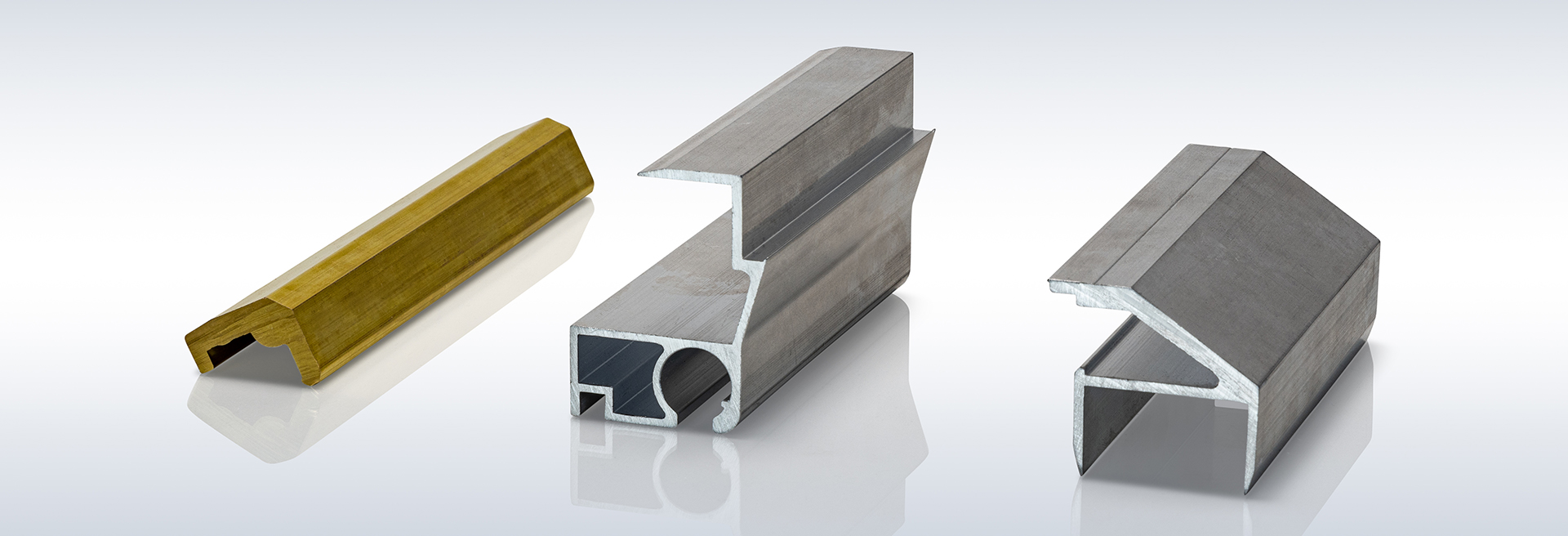
IsoProfil clamping profiles do what their name promises: they ensure secure and reliable holding of panes, sheets or plates of glass, wood or plastic. They serve as an end cap or cover, or in strip form ensure even transitions for floor coverings.
Aluminium clamping profiles can be used both indoors and outdoors. They are light and are characterised by enormous strength, stability and durability. They are quick and easy to fit and – with an additional anodished finish – can be used even in wet rooms such as bathrooms or kitchens.
Thanks to their special “click” function, several clamping profiles can be joined together – for even easier installation.
Clamping profiles are not only frequently used in trade fair stand construction and shop fitting – they are also employed in interior design as end profiles, connecting profiles or for edge protection.
Securing of glass, wood and other panels
Clamping of plastic films
Connecting of transmission belts
Securing of floor guides for production lines
Fixing of partition walls and shower walls
End covers for tiled backsplashes
Form-fit securing of elements
Edging of information signs or stainless steel advertising signs
Clamping profiles from IsoProfil are available with different surfaces. They can be adapted visually to the surface. In addition, special product properties such as resistance to weathering and corrosion resistance increase their value. The surfaces of our clamping profiles are available in:
On request, our clamping profiles can be supplied in different colours. Even custom colours are no problem.
IsoProfil also offers brass clamping profiles. They impress with their stability and durability, and provide a stylish border with their elegant appearance.
Learn more about the manufacturing processes we use